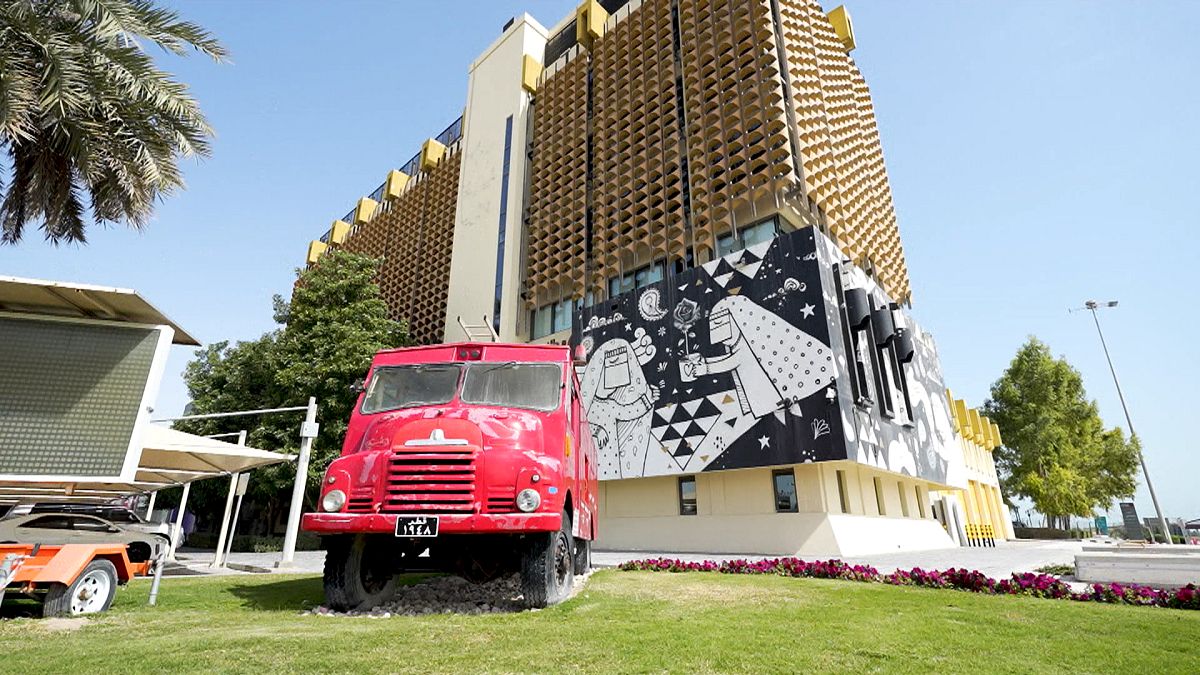From energy efficient superstructures to repurposed old buildings or the award-winning smart city of Msheireb, Qatar is reaping the rewards from laying the foundations of a greener future.
In this episode of Qatar 365, Laila Humairah and Aadel Haleem take a closer look at Qatar's architectural evolution.
Laila went on a tour around The Doha Fire Station. Built in 1982 and once dedicated to the security and protection of Doha residents. It's now a vibrant and active element of Doha's urban life. The iconic building has been repurposed into a museum and contemporary art space.
Japanese architect Arata Isozaki designed the Qatar National Convention Centre, with its façade featuring the intertwined roots of the Sidra tree. Aadel Haleem found that the architect created the ultra-modern building with elements of the past in mind. The sidra tree is one of Qatar's national symbols, and the QNCC building symbolizes the country's ability to incorporate contemporary aesthetics without losing touch with its roots.
It's hard to talk about architectural prowess in Qatar without mentioning Msheireb. Already known as the world's first sustainable downtown regeneration project, the area is levelling up its smart city status.
Ali Al Kuwari and Fatima Fawzi, CEO and head of the sustainability team of Msheireb Properties, respectively, explained to Laila how they use technology to boost the area's sustainability features and further improve the experience for residents and visitors.

